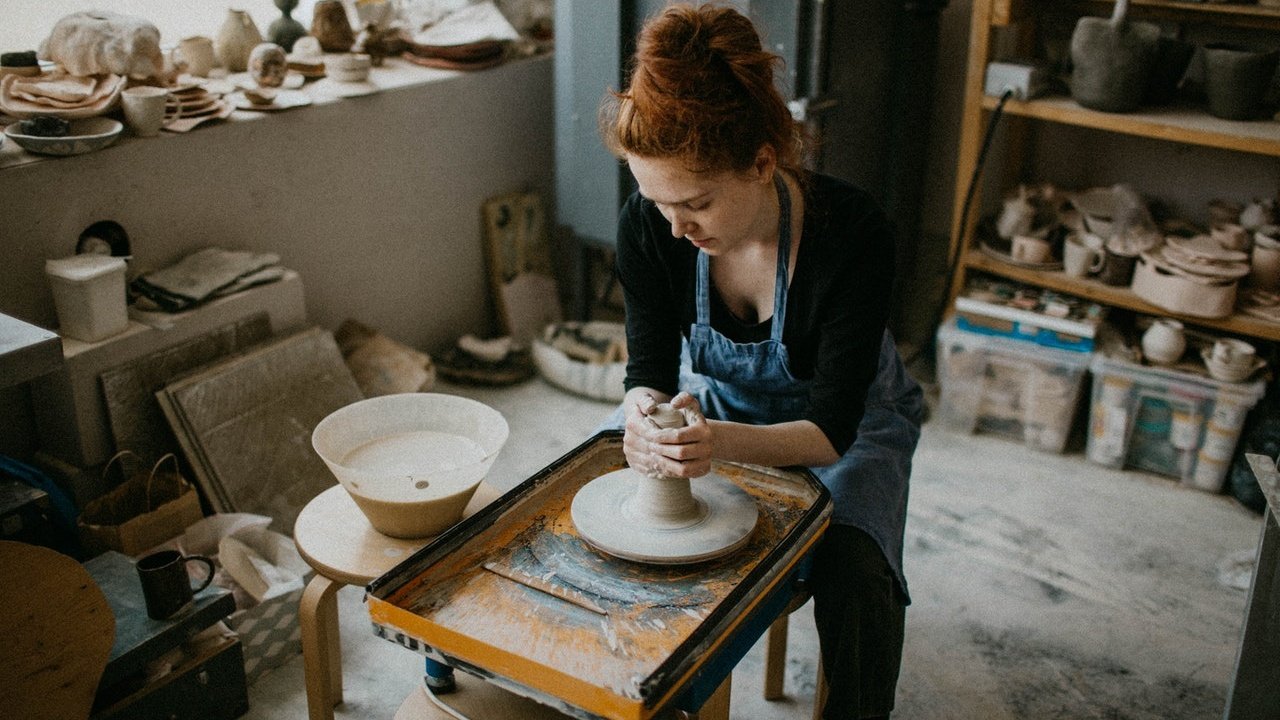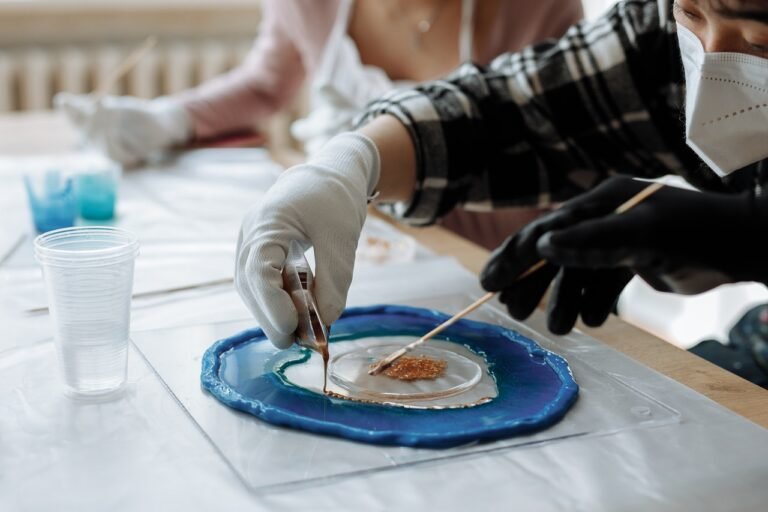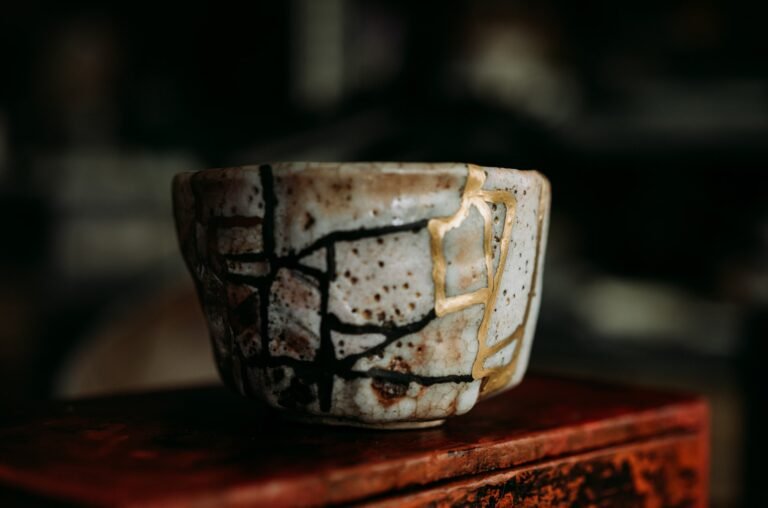How Can I Learn Pottery By Myself? Easy Tips!
By learning pottery, you can build a connection between the earth and yourself. Pottery gives you an insight into the nature of the earth. It helps develop your creativity and skills. You can pursue it as a hobby or as an art. How Can I Learn Pottery By Myself and what is the correct method to learn pottery on your own?
The first step toward learning pottery is to practice a simple technique. Pinching and coiling pottery are the easiest methods for learning the basics. You can choose between a pottery wheel, hand-building, or slip-casting method.
You can explore deeper into all pottery methods when you have more experience. Knowledge and skill in every technique help you to master pottery. Often, clever potters use a combination of methods to achieve their desired results.
Is It Possible To Learn Pottery By Myself?
As a beginner, the pinching method helps you build confidence and craftsmanship. It is one of the oldest and simplest methods of creating pottery. Still, potters use this method to make both functional and ornamental pottery.
Within an hour, you can learn how to make a pinch pot. Simple online research can help you practice this art yourself. You can access online resources such as pottery forums, groups, and tutorials.
You can gain many benefits from going to a pottery class. Virtual interaction, equipment accessibility, motivation, and fellow students’ influence are among them.
Does Pottery Take A Long Time To Learn? Is It Difficult?
Pottery is an easy subject, and you can master the basics in a few hours. You have to keep in mind that it covers a wide range. There are many things you can learn from your experience.
Pinching allows you to practice handling clay in the right way. It is crucial to understand the types of clay and their characteristics. Choosing the proper clay for a particular purpose is essential.
Slip casting and wheel-thrown pottery need specific equipment. Hand-building pottery does not need any special equipment. All you need is the skill of your hands.
Which Is The Most Appropriate Pottery Wheel For A Beginner?
In the beginning, a less expensive pottery wheel is adequate. See how the wheel works for you. Consider a wheel with advanced features if your talent calls for more space.
Improving your wheel-throwing skills needs daily practice. This process becomes easier when you have your pottery wheel at home. A small electrical pottery wheel is a smart choice for a beginner. It eliminates the need to develop coordination by turning the wheel.
Electric wheels can provide adequate torque and control of speed. It makes handling clay easier. Manual pottery wheels offer more maneuverability and durability than electric wheels. Take a look at this video to learn wheel-throwing techniques.
You can use a rolling pin or a slab roller for the slab-building method. If you choose to use slip casting, you need to buy plaster molds. You require some casting slips to fill the molds. Clay preparation is another essential step in pottery.
What Is The Most Suitable Type Of Clay For A Beginner?
Pay attention to the type of clay body, the texture, and the temperature of firing when choosing the clay. Earthenware, Stoneware, and Porcelain are the three basic types of clay bodies.
Earthenware is easy to shape and manipulate. So, it is ideal for both throwing on the wheel and hand-building. High porosity makes it suitable for flower pots, bricks, and other outdoor construction.
Fired stoneware pottery is more durable and less porous than earthenware. It is suitable for making dinnerware and mugs.
The smooth texture of porcelain produces a translucent, fine-grained body. It is a bit difficult to work with porcelain. Once you have developed your skill and experience, you can experiment with porcelain.
You can begin by working with air-dried clay. There are limitations given that it is not food safe or waterproof. Compared to pottery clay, air-dry clay is weaker. Select air-dry clay that is like pottery / ceramic clay.
What Is The Most Suitable Clay Texture For Hand-Building?

Clay with a large amount of grog (firesand, chamotte) and sand is suitable for hand-building. The lower the shrinkage rate, the less chance of cracking. Sand or grog gives clay its strength. Both stoneware and earthenware can stand on their own when you create pottery.
What Is The Ideal Clay Body For Wheel Throwing?
Clay bodies that are smooth and gentle on your hands are suitable for wheel throwing. Grit, sand, and grog added to clay makes it abrasive and tend to scratch your hands. Ensure your hands do not sting even after hours of throwing.
How Can I Prepare My Clay For Pottery?
In pottery, wedging plays a crucial role. You have to knead the clay with your hands to remove air bubbles. It prevents your pottery from exploding or cracking in the kiln. Wedging makes throwing or molding clay easier by aligning its particles.
Wedging wakes up the clay, makes it pliable, and creates a uniform consistency. Wedging helps to remove excess moisture that could later expand into air pockets in the kiln. Your pieces should be bone dry before being put into the bisque firing kiln.
What Tools Are Necessary For Pottery?
Some small tools help you to perform various tasks in pottery. They include ribs, shredder, wire, potter’s needle, chamois leather, sponges, and modeling tools. In the beginning, you can try alternatives at home. You can buy a pottery starter kit that includes everything you need.
How Can I Fire And Glaze My Pottery?
In the kiln, the pottery undergoes two firing processes. Bisque fire is the first firing stage, and glaze fire is the second. Before the bisque firing process, you call your pottery greenware.
Bisque fire transforms raw clay into a durable ceramic material. Clay loses moisture, organic matter, and carbon compounds during the bisque fire. Clay shrinks and becomes rigid as a result of this sintering process.
Clay that transforms into ceramic does not dissolve in water. The next step is the glaze firing. Before that, you need to apply glaze to the pottery. The fire melts the glaze material and forms a glassy coating on the pottery. Matte, opaque, and glossy are the three types of glaze finishes.
Conclusion
Get knowledge from every possible source. Keep practicing and experimenting to further your skills. Try out different styles to find your own.







